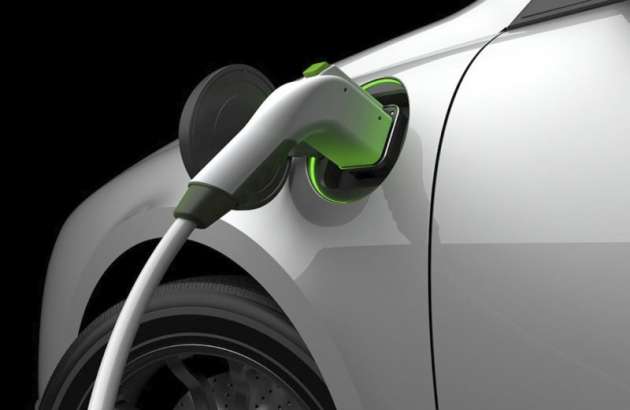The National Energy Transition Roadmap (NETR), which was officially launched by prime Minister Datuk Seri Anwar Ibrahim today, looks to reinforce Malaysia’s commitment to achieve its net-zero greenhouse gas (GHG) emissions aspirations by as early as 2050.
On the automotive and public transport front, the NETR is set to build on national targets outlined by the low carbon mobility blueprint (LCMB) and national energy policy (DTN). Previously, the national target was to get electric vehicles (EVs) and hybrids to 15% of the total industry volume (TIV) by 2030 and 38% of TIV by 2040.
The NETR is set to expand the penetration of both two- and four-wheeled electrified vehicles in the country, with a 50% target hoping to be achieved for these by 2040. By 2050, the country is looking at both two-wheeled and four-wheeled EVs forming 80% of the industry volume in their respective categories.
The country is also aiming to have a robust local EV manufacturing base with 90% of production being achieved locally, as well as a public transport modal share of 60% by then. Interestingly, the roadmap also states that by then, the aim is also to achieve continued improvements in internal combustion engine (ICE) fuel economy.
This will be accomplished with the ministry of transport establishing a robust methodology to measure fuel economy and by strengthening fiscal policy measures based on fuel economy. A further initiative is determining long-term fuel standards.
For four-wheeled electrification, measures and initiatives – undertaken by the investment, trade and industry ministry (MITI) – to help ramp up EV adoption along the way will include reducing regulatory challenges in areas such as the setting up of charging infrastructure (addressing right-to-charge regulations, the approval process for a charge point operator licence and a review of uniform building by-laws).
The NETR also plans to continue co-funding of the public charging infrastructure and see the implementation of stringent emissions standards to limit non-energy efficient vehicle (EEV) manufacturing. Additionally, MITI is also set to identify key localistation opportunities in EVs and incentivise investments to establish local manufacturing capacity and capability for them.
As for two-wheeled EVs, the NETR outlines plans to incentivise such vehicle purchases or their leasing cost to expedite total cost of ownership parity with petrol two-wheelers for B40 households. The charging infrastructure for electric two-wheelers will also be developed, and battery charging standards established for both public and home charging.
Meanwhile, the plan for public transport is to continue development of its infrastructure and facilitate its electrification, with the aim of driving up its modal share to 40% by 2040 and then 60% by 2050.
The roadmap acknowledges that the transition to green mobility does have challenges at present, and these include the lack of affordable EV models and the slow expansion of charging infrastructure. For bikes, the disparity in upfront costs between electric two-wheelers and regular petrol units is what hinders the transition at this juncture.
Looking to sell your car? Sell it with myTukar.
Source: Read Full Article




